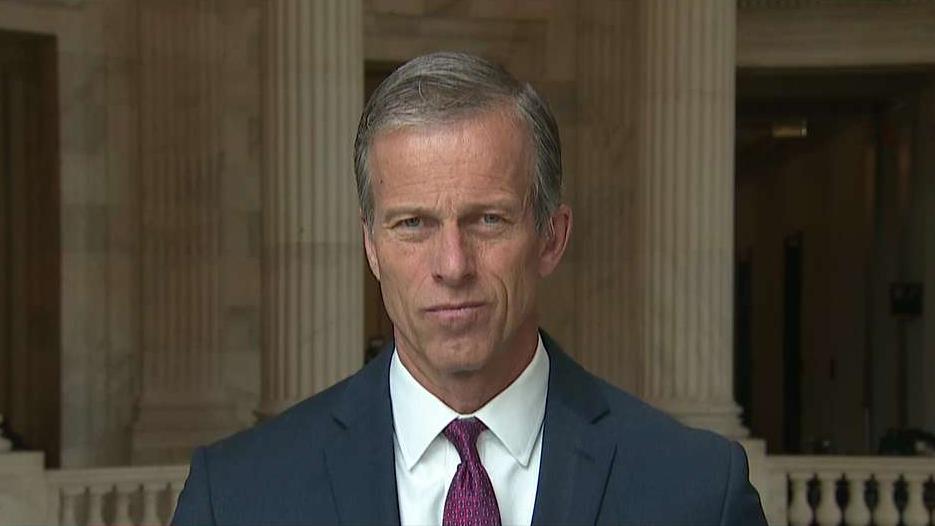President Trump's tariffs, explained: Who really pays them?
President Trump frequently repeats that in the U.S.-China trade war, it’s Beijing that ultimately pays for the hundreds of billions of dollars in tariffs he’s imposed.
That’s not necessarily the case, however.
In actuality, a tariff -- a tax applied on goods entering the country -- is borne by American importers of foreign goods (think automakers or tech companies that depend on China for semiconductor supplies), who most likely will pass the cost of the tariff along to the consumer.
“It is like a tax on the finished products,” Chris Gaffney, the president of TIAA Bank World Markets, told FOX Business. “It drives up the cost of production, and ultimately the price of the product.”
The correlation isn’t always immediate; if the tariff is temporary, some manufacturers are more willing to see their profit margin squeezed for a short period of time. But Trump’s tariffs have been in place for more than a year, and there’s no real end in sight as the U.S. and China continue to escalate their tit-for-tat battle. Now, the U.S. is preparing tariffs on another $300 billion of imported Chinese goods, after Beijing retaliated on Monday.
“You’re going to see that as it works through the system, you’re going to see prices rise in the U.S.,” Gaffney said. “But we don’t expect to see that for another month or two as we work our way through the process.”
That’s not to say there isn’t some economic impact on China from the tariffs. Gaffney pointed out that Beijing has let its currency depreciate, compared to the U.S. dollar. As a result, the country’s purchasing power has also fallen.
CLICK HERE TO GET THE FOX BUSINESS APP
And although Trump has lauded the tariffs as a huge boon to the U.S. economy -- “I am very happy with over $100 Billion a year in Tariffs filling U.S. coffers...great for U.S., not good for China!” he wrote in a tweet last week -- tariffs rarely generate a big boost in federal revenue, according to the Tax Policy Center.
“The president says the U.S. has collected about $22 billion since his first round of tariffs earlier this year,” senior fellow Howard Gleckman wrote. “That may be high. But even if it isn’t, keep in mind that the government expects to collect $2.4 trillion in tax revenue in 2018 -- making $22 billion loose change in the fiscal sofa cushions.”




















